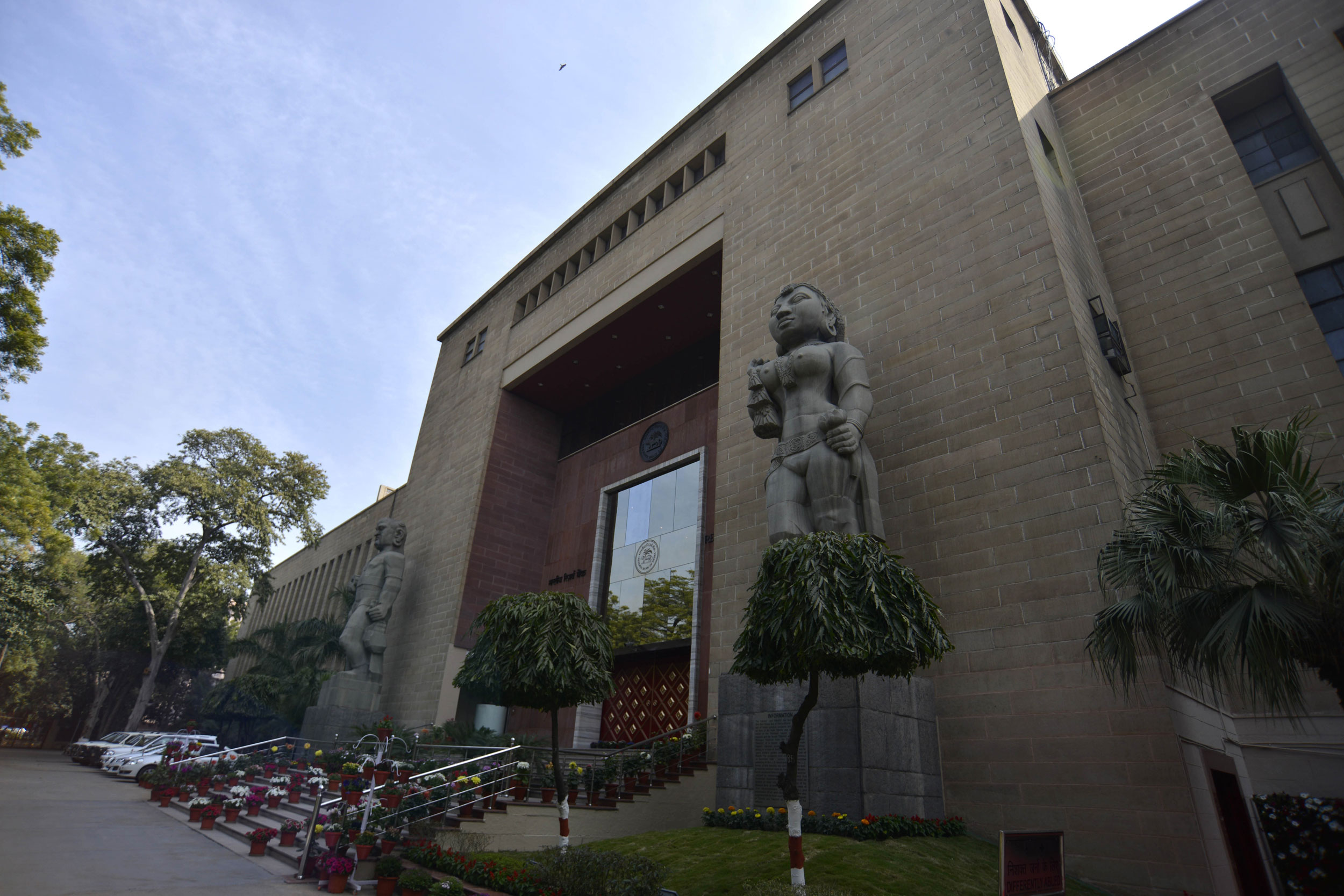The RBI’s prompt corrective action (PCA) for a few banks has started showing results with the health of the lenders being restored through better capitalisation and provisioning.
At the same time, the imposition of PCA has not affected the credit disbursement of banks with nominal non-food credit growth being close to or above double digits for the past several quarters, said RBI deputy governor Viral Acharya at an event in IIT, Mumbai, recently.
The Reserve Bank’s PCA framework was introduced in December 2002 as an early intervention mechanism and was revised in April 2017. It monitors three areas — capital, asset quality and profitability.
The apex bank has set three risk thresholds and banks under PCA face several restrictions. At present, there are 11 PSU lenders under corrective action.
Acharya said there are emerging signs that the performance of these banks is “slowly, but steadily being restored”.
The deputy governor disclosed that the declining trend of CRAR (capital to risk weighted assets ratio) and tier-1 capital ratio for the banks under PCA that began in 2011 has been arrested and the ratio has been maintained steady since 2014 at or above internationally prescribed levels.
He further indicated that some of the other objectives aimed by the central bank have been achieved. For instance, the government has infused more than Rs 2,30,000 crore in PSU banks since 2005, more than half of which has gone into those under PCA.
Almost half of the total infusion (Rs 63,500 crore) took place in 2017-18 and in the current fiscal, after the banks were classified under PCA.
There has also been an improvement in the provision coverage ratio (PCR) of these banks. According to the RBI governor, their PCRs which had started declining from 2011 and reached below 40 per cent during 2012-16 have recovered to the level of non-PCA banks.
“The recovered level of PCR is at present around 50 per cent, which is 10 per cent below that of private banks and away from the desirable 70 per cent. These numbers suggest that the loss-absorption capacity of PCA banks is on the mend but there is some distance to go in their catch-up to healthy levels,” Acharya said.











